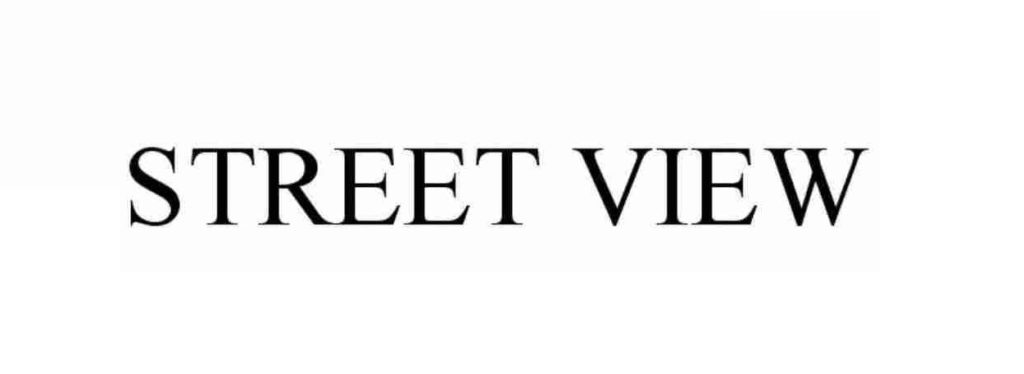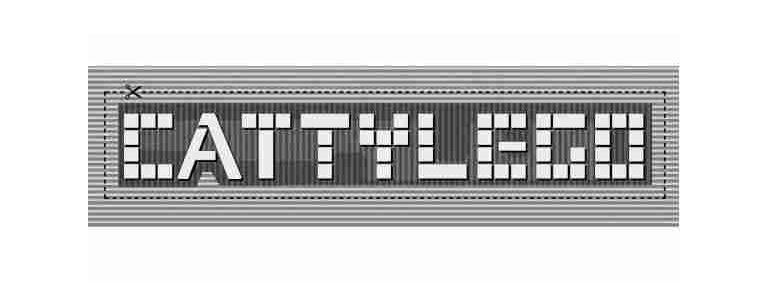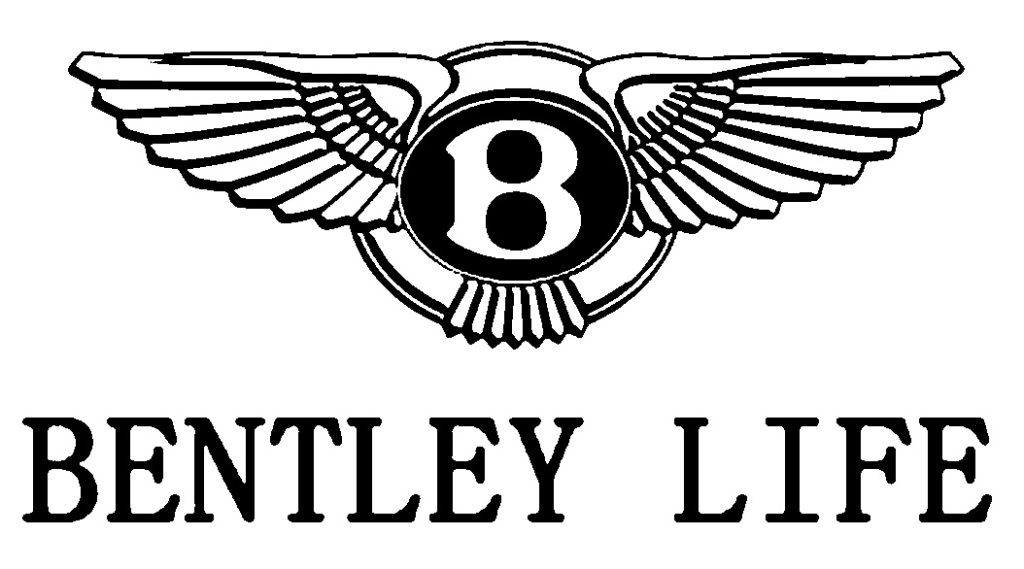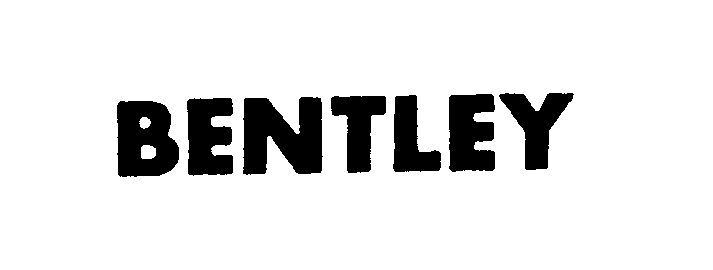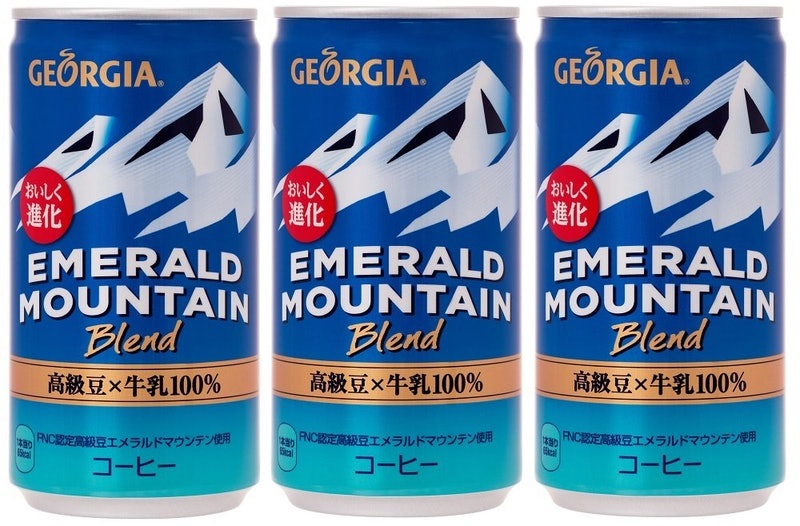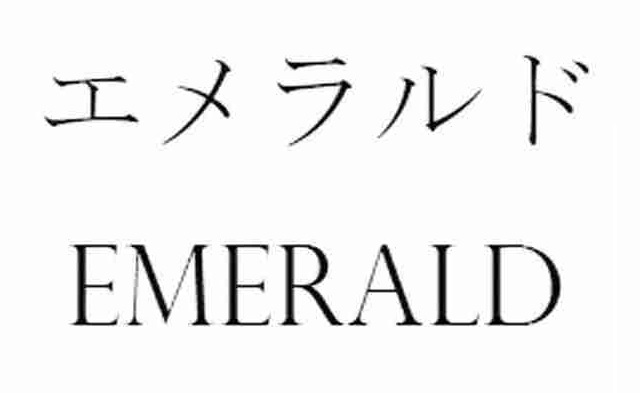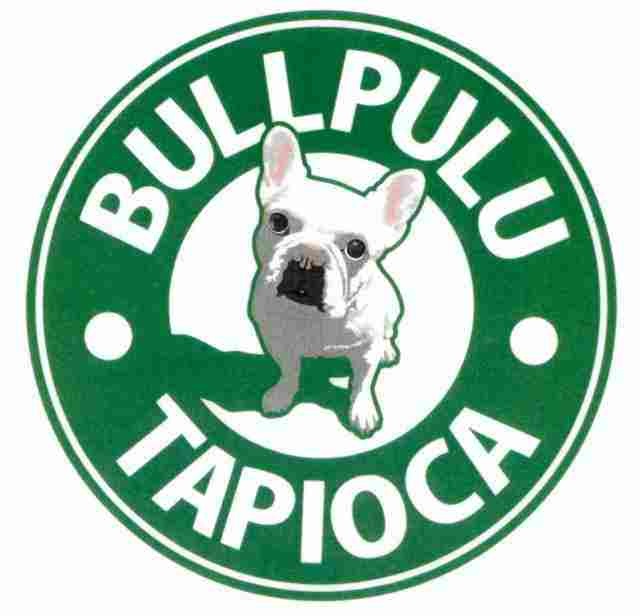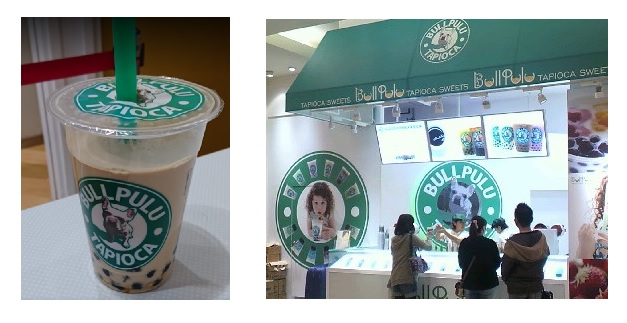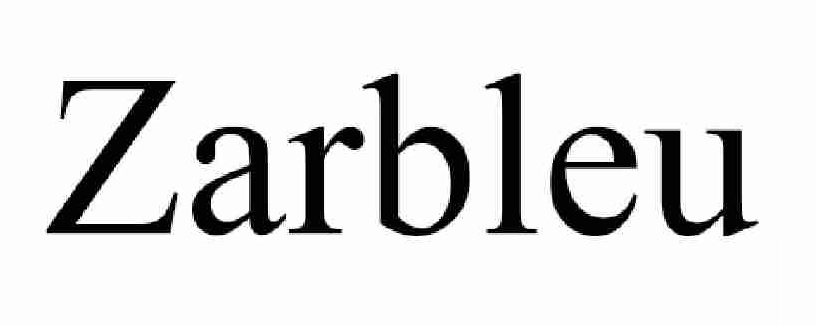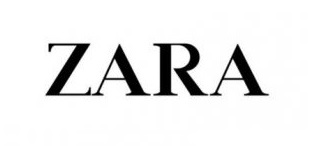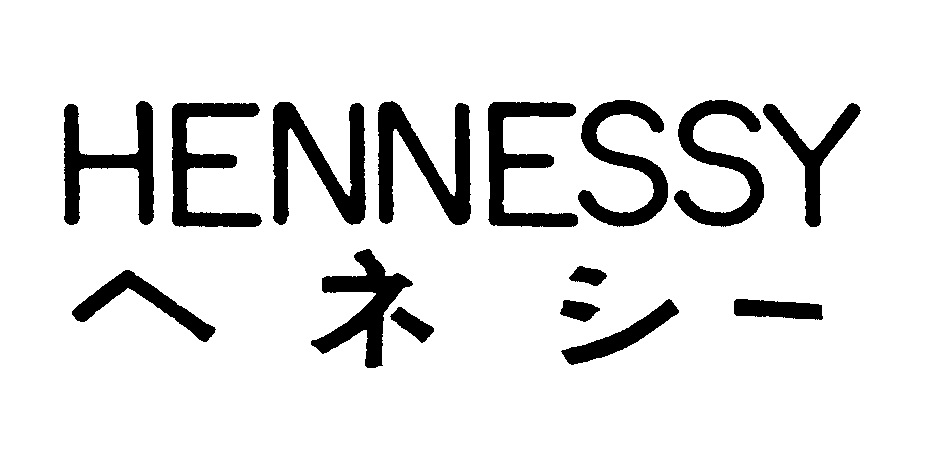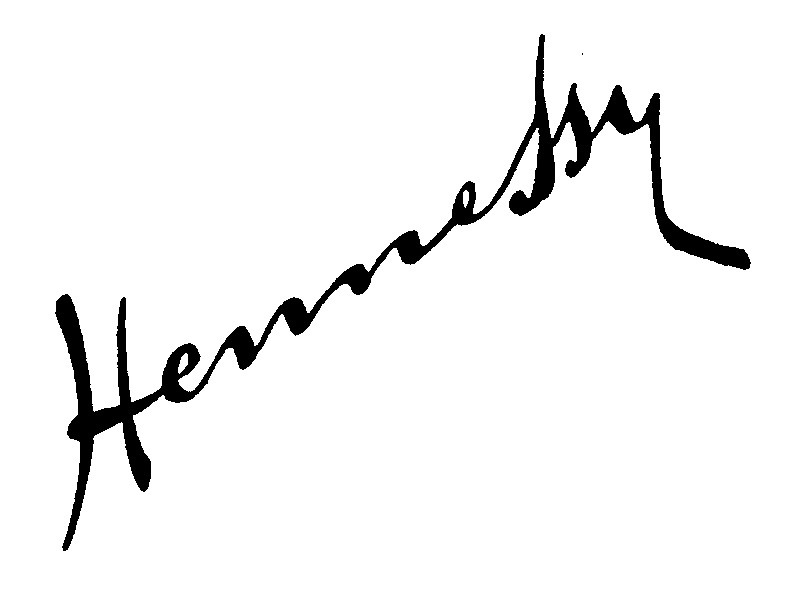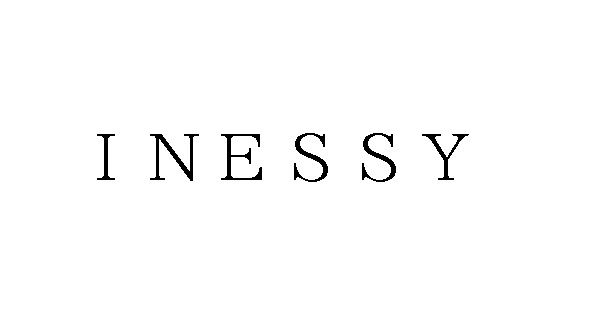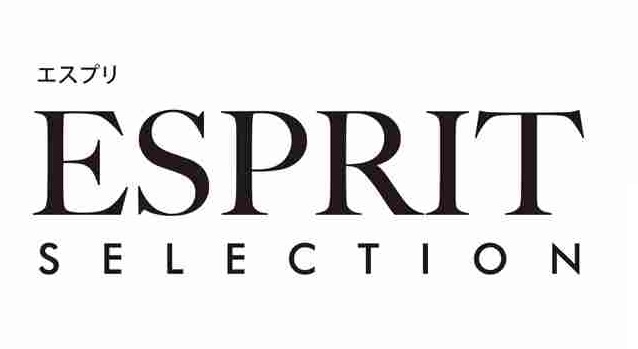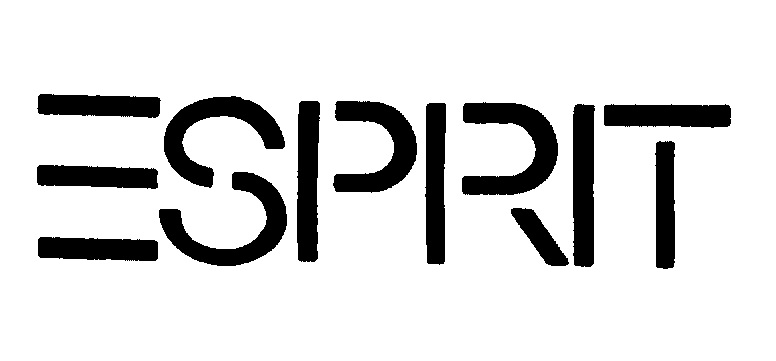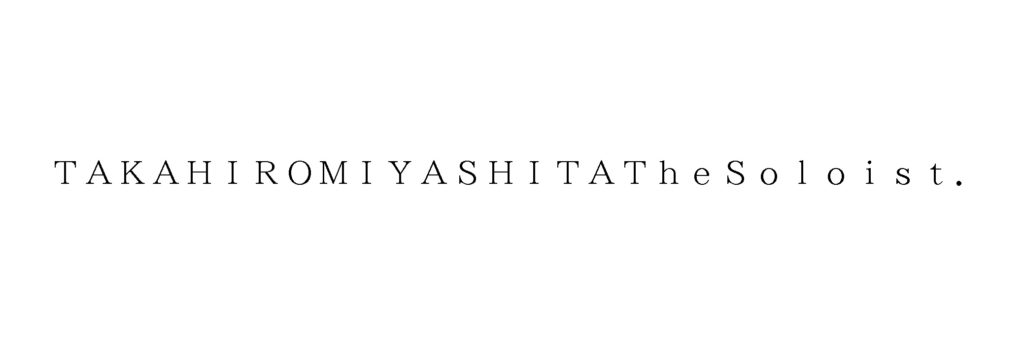Japanese is prone to abbreviate trademarks. Occasionally, the abbreviation has no resemblance to its original name. A brand owner should be mindful of how the public perceives and uses its trademarks in Japan. Abbreviations or nicknames used by the public are not protected under the respective registrations given that they have no resemblance to the original names.
“Family Mart”, Japan’s second-largest convenience store franchiser since 1973, with more than 15,000 locations, is commonly called “Fa-mi-ma” among consumers. It is true that Family Mark has used only “Family Mart” in the ordinary course of their business for more than three decades. But, eventually, Family Mart decided to adopt the name on their store opened in urban office or commercial buildings.
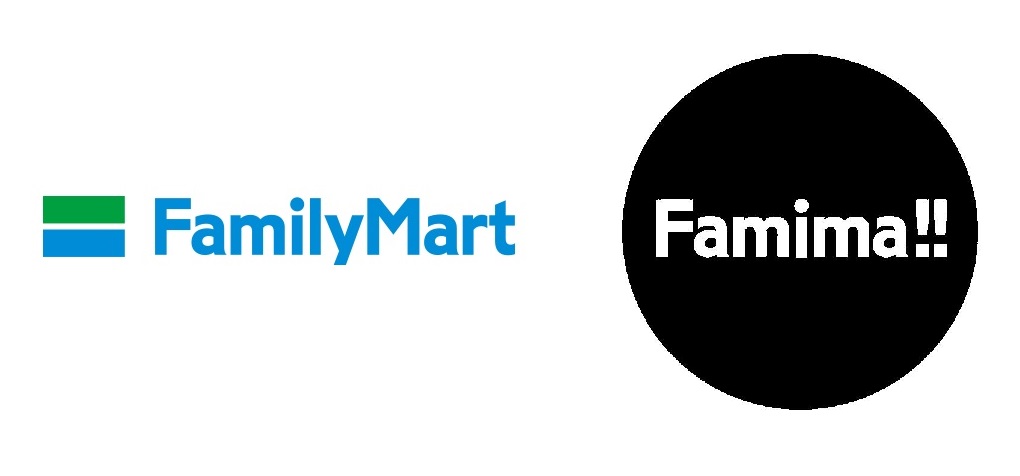
I suppose it aims at avoiding risks of the “Famima” mark registration by a third party in view of high recognition for the name among relevant consumers and dissimilarity to “Family Mart”. Now, the mark is securely registered in the name of Family Mart.
Trademark abbreviations may serve as a barometer for well-recognition of the mark among the general public in Japan. In this respect, trademark abbreviations would not be a matter only for the Japanese company, but also for foreign brand owners. Where a trademark is composed of five sounds or more, you should mind that the general public in Japan gets to call the mark in abbreviation contrary to the brand owner’s intention. A combination mark is an easy target for abbreviation as well. BOTTEGA VENETA is called “BOTTEGA”. LUIS VUITTON is known as “VITON”. DOLCE & GABBANA is popularly called “DOLU-GABA”. STARBUCKS COFFEE is known as “SUTABA”. TOMMY HILFIGER is called “TOMI-HIRU”. Undoubtedly, the most popular name recognized in the abbreviation is “McDonald”. We seldom call it in the full name. One of the most popular fast-food chains and one of the top franchises in the world has always been called “MAKUDO” or “MAC”.
Using abbreviations, nicknames, and acronyms as trademarks may be appealing from a marketing perspective, however, trademark protection for an abbreviation has to be sought independently from the trademark protection that its extensive version might be already enjoying, and vice versa.
It came to my notice that ABERCROMBIE & FITCH, known for its shortened name “ABA-KURO”, sought Japanese trademark registration of “ABACRO” in English and its Japanese transliteration, but ended in vain due to a conflict with a senior trademark registration “ABERCRO”. A&F was unsuccessfully challenging the senior trademark registration based on non-use grounds.


